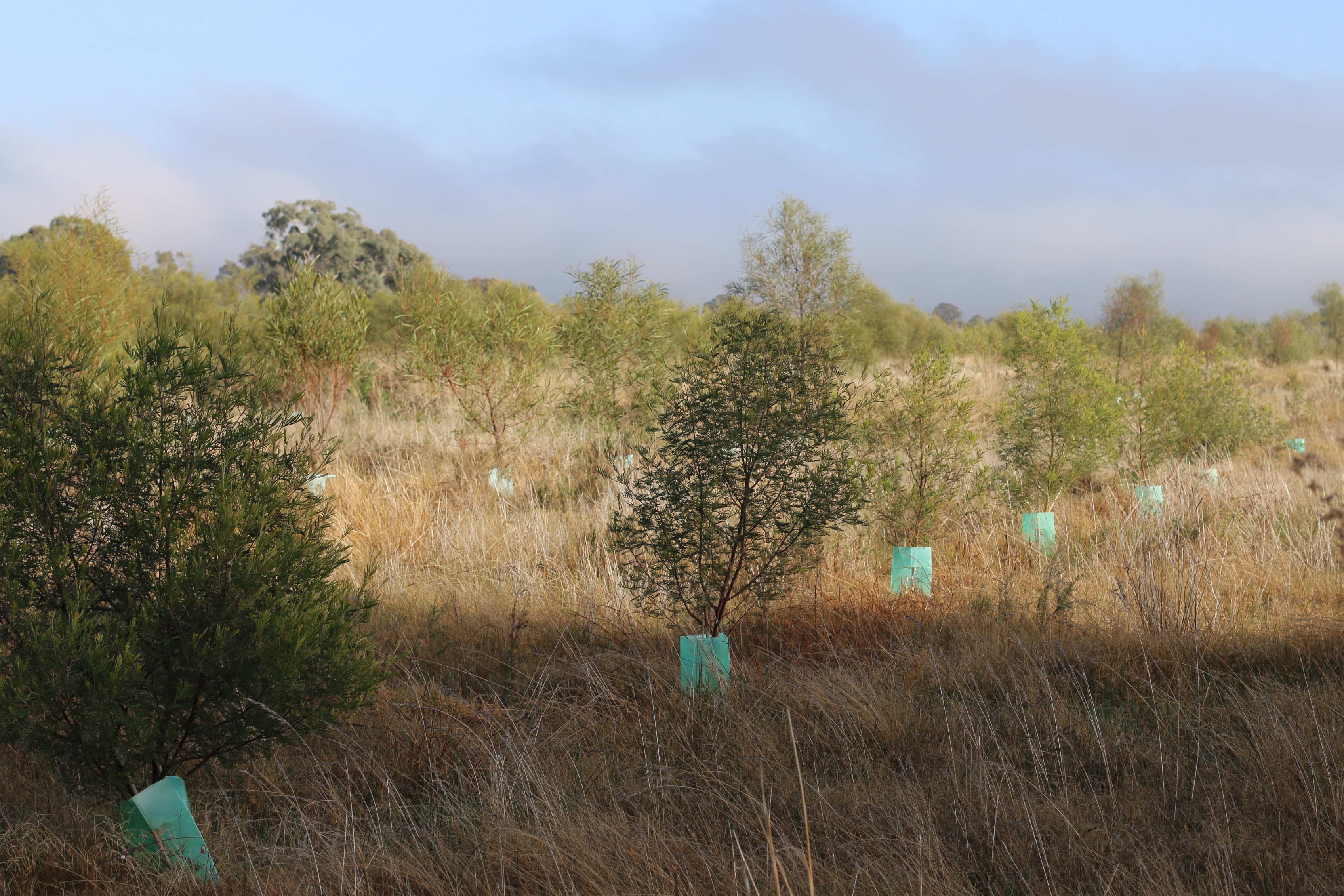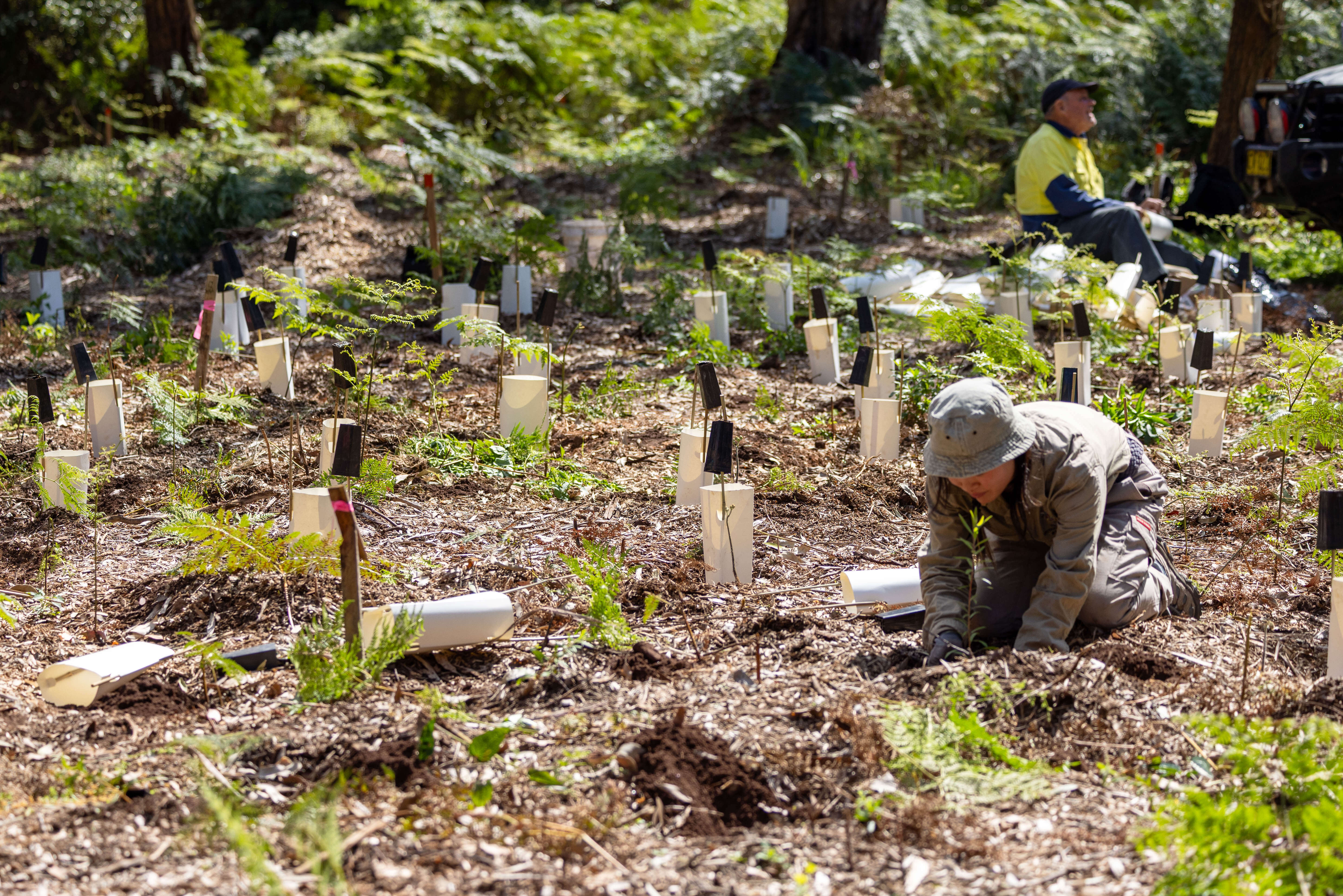Climate change and habitat fragmentation are affecting restoration success. The updated Restore and Renew webtool helps you plan your restoration project so it stays healthy for future generations.
Watch this video to learn about the updated version of the webtool.
What is the Restore and Renew webtool?
The Restore and Renew webtool guides restoration of resilient, climate-ready native vegetation across New South Wales and beyond.
Identify your target site and find out where you can source seed to maximise the genetic diversity and climate-readiness of your restoration project.
The Restore and Renew webtool was first launched in 2017 and an updated version was released in November 2025.
Launch Restore & Renew webtool
Who is the webtool for?
The webtool is for anyone involved in planning or implementing native vegetation restoration. It can be used to improve the long-term success of restoration at all scales, from localised efforts on private land to large-scale government-led restoration.
Why use the webtool?
The Restore and Renew webtool synthesises the latest genetic and climate science data to help you design evidence-based restoration projects that will make a difference.
Using the Restore and Renew webtool to guide sourcing of material for restoration can support you to:
- recover genetic diversity and reinstate gene flow disrupted by habitat loss and fragmentation
- move beyond generalisations regarding local provenance and source seed from genetic collection areas that align with natural gene flow
- enhance climate readiness by sourcing material from areas already experiencing climatic conditions similar to the projected future conditions of your restoration site
- avoid wasting time and money on failed restoration by shifting the focus from quantity to quality
- minimise inbreeding and enhance reproductive fitness
- maximise adaptive potential and increase the chance that restored vegetation can adapt to diseases and changing environmental conditions
- overcome limits to seed availability by discovering that, for many species, the area from which seed can be safely sourced is larger than expected.
Restore and Renew webtool case studies
Learn how others are using the Restore and Renew webtool to enhance the long-term success of their restoration projects
The Yass Area Network of Landcare Groups is is using the Restore and Renew webtool to guide seed selection for their Climate Ready Revegetation Project.
The Restore and Renew webtool provides simple, science-backed guidance to improve restoration projects across New South Wales. In the Hunter Valley, it is helping to rebuild climate-ready, genetically diverse populations of the River Red Gum.
Contact Us
If you require more information about the Restore and Renew webtool, please email: [email protected].


